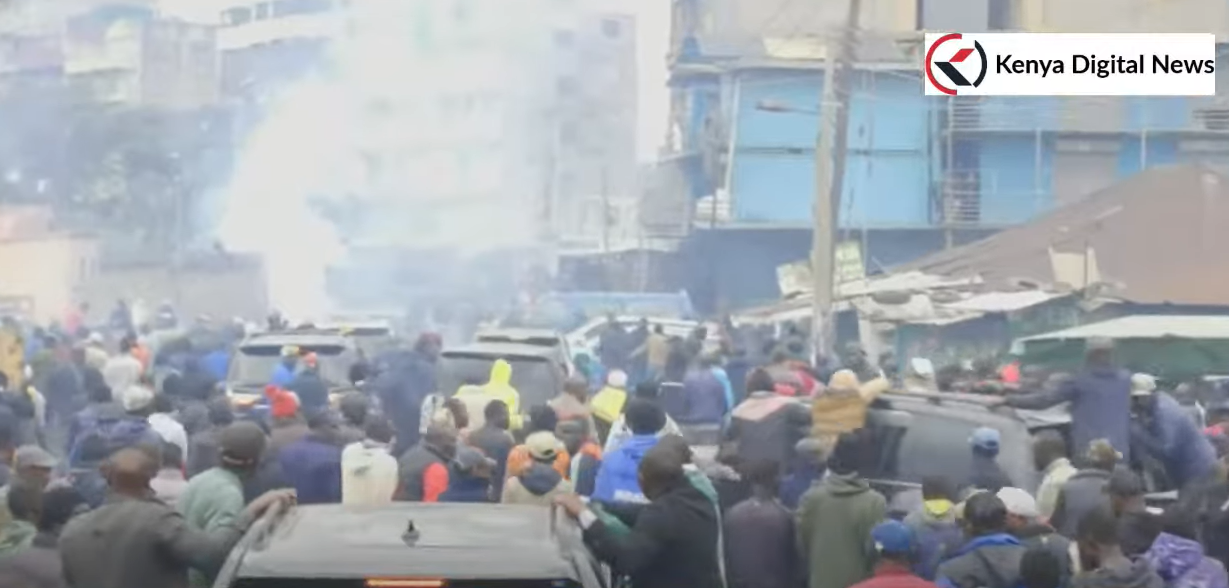Protests and Tensions Mark 35th Anniversary of Saba Saba Movement in Central Kenya
Parts of Central Kenya experienced a wave of unrest on Monday morning as groups of protesters lit bonfires and blocked roads to commemorate the 35th anniversary of the Saba Saba pro-democracy movement. The protests, which took place in several towns, highlighted both historical significance and contemporary concerns, with many participants expressing frustration over current issues such as police brutality and economic hardship.
In Mwea town, located in Kirinyaga County, the Mwea-Embu highway was barricaded at key points including Ngurubani and Kimbimbi. Burning tires, rocks, and debris were used to halt all traffic, causing significant disruptions in transportation and forcing businesses to close in the bustling agricultural hub. Similar scenes unfolded in Karatina and Nyeri, while parts of Murang’a also saw roadblocks and protests. Many shops and kiosks remained closed, and matatus avoided the roads, anticipating potential clashes with security forces.
The demonstrations are part of a broader effort to remember the Saba Saba uprising of 1990, an important moment in Kenya’s democratic history. However, in Central Kenya, where Gen Z-led protests have gained momentum in recent months, today’s unrest appeared to focus more on current grievances. Participants expressed dissatisfaction with police actions, economic conditions, and calls for greater government accountability.
“We came out not to cause chaos, but to express our pain. We are tired of being ignored,” said a youth in Mwea, holding a placard that read “Justice for the Fallen Gen Zs.” This sentiment resonated with many protesters who felt their voices were not being heard by those in power.
In Kisumu, the atmosphere was more peaceful, with youths marching through the town carrying placards advocating for unity and nonviolence. In contrast, Kisii reported normal activity with no signs of unrest. However, in Nairobi, tensions remained high as police blocked major roads leading into the Central Business District (CBD). A group of youths attempting to gather along Kenyatta Avenue was dispersed using tear gas.
Interior Cabinet Secretary Kipchumba Murkomen issued a warning against the destruction of property and urged the police to maintain professionalism. Deputy Inspector General of Police Gilbert Masengeli claimed that “everything is normal in Nairobi,” despite the lockdown and deserted streets. He stated, “You can see everything is normal and businesses are going on,” even though the lockdown began at 2 a.m.
The presence of roadblocks, the absence of public transport, and the closure of businesses in many towns reflect the growing caution—and fear—surrounding the Saba Saba commemorations this year. This is particularly evident in areas like Central Kenya, where the influence of Gen Z is becoming increasingly prominent.
The protests underscore the complex interplay between historical memory and present-day struggles. While the Saba Saba movement remains a symbol of the fight for democracy, today’s demonstrations highlight the ongoing challenges faced by young people in Kenya. As the country continues to navigate its path toward greater accountability and justice, the voices of the younger generation are becoming a powerful force in shaping the future.







